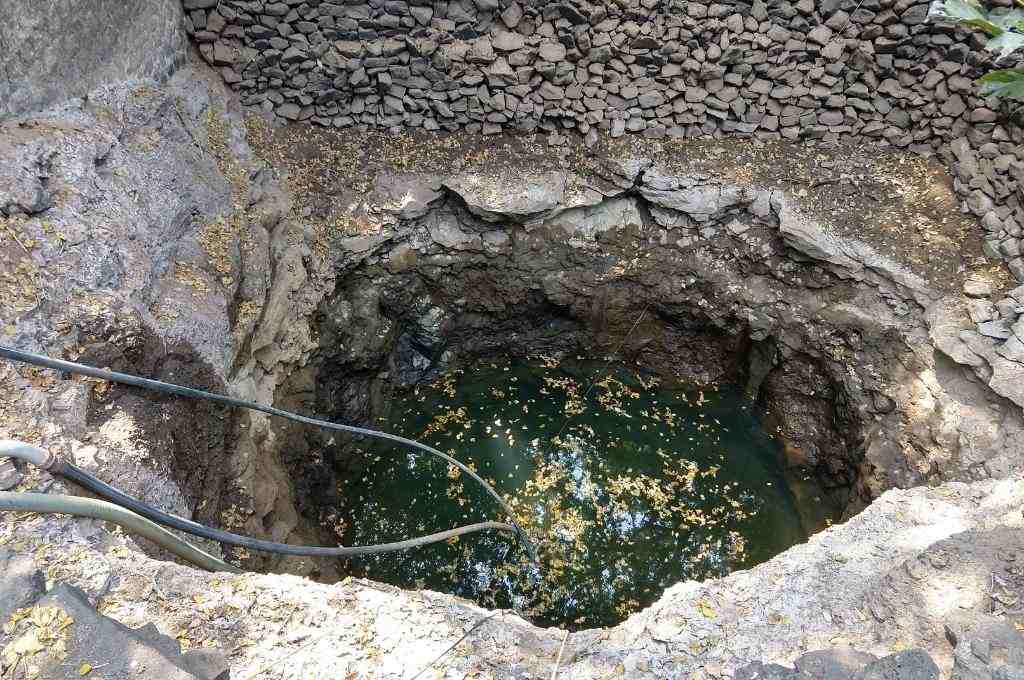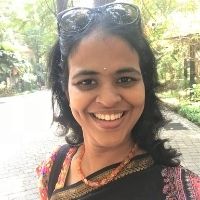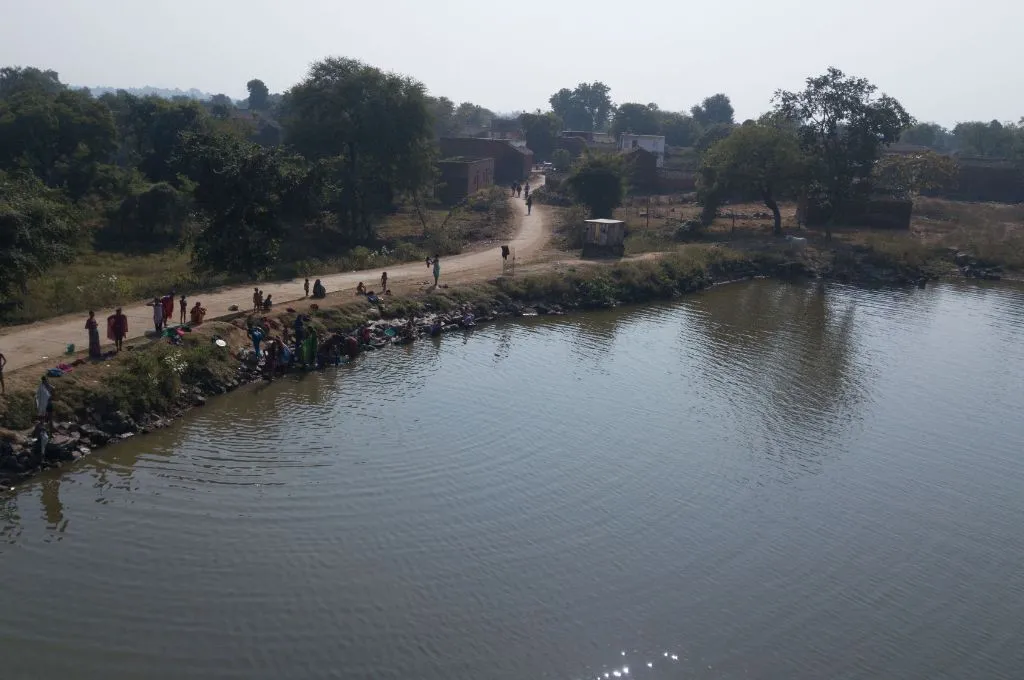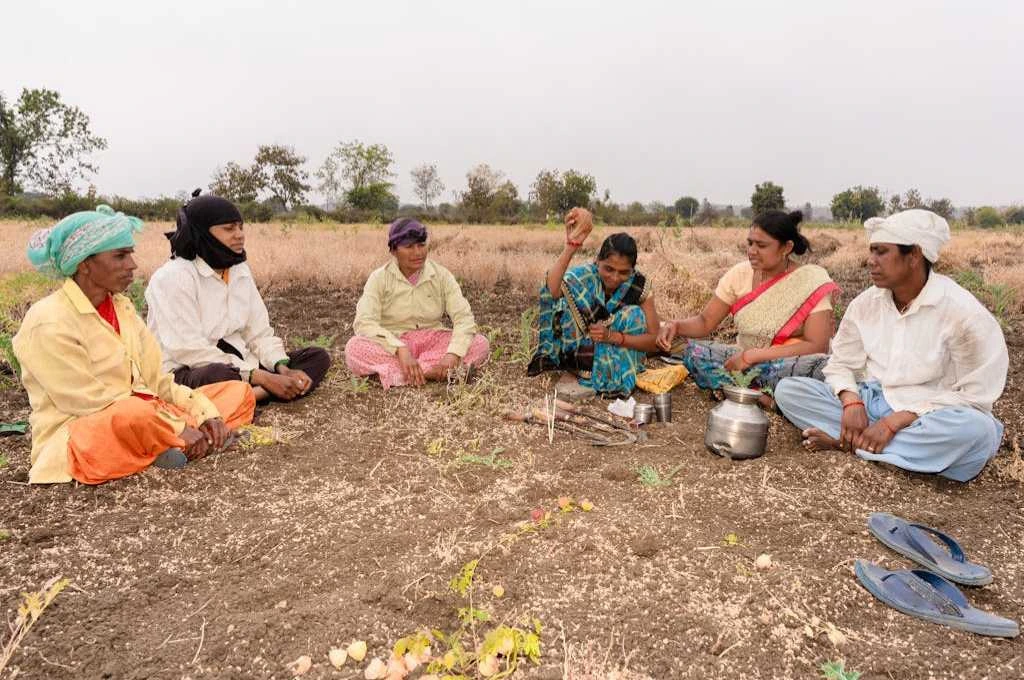India is the largest extractor of groundwater in the world. We extract more groundwater than the USA and China put together. Not only does this lead to debilitating water scarcity issues—nearly three-fourth of India’s rural households do not have access to piped and portable water—but it also causes an increase in contaminants like arsenic and fluoride in drinking water, putting 10 million and 66 million Indians respectively at threat for severe infection.
Despite this, all hope is not lost. A large number of grassroots organisations and technical experts working on water security have, through their work, proven that both water quality and scarcity issues can be tackled using science and community participation. However, to be effective, they need to be done at scale.
The need for scale
Consider these facts:
- India is projected to face severe water stress by 2050
- As of 2019, only 17 percent of the 191 million rural households in India had access to tap water connection
- According to the Central Groundwater Board report (2017), close to 40 percent of the 700 districts in India have reported ‘critical’ or ‘overexploited’ groundwater levels
- As per a recent NITI Aayog report approximately 49 percent of India’s rural population had access to safely-managed water in 2015, resulting in about two lakh annual deaths
Additionally, because groundwater is a dynamic resource (there are variations in its input, such as rainfall; and output, such as agricultural uses), the magnitude of the water problem in India is not just large, but also complex. This means that working on water security entails ongoing management of water resources, demands, and behaviours.
We need solutions that offer speed, scale, and sustainability
Given the complexity of the challenge, it is evident that unless we act fast, the problem will soon outpace our individual ability to solve it. Take, for instance, the Ministry of Jal Shakti’s flagship programme, Atal Bhujal Yojana. The scheme promises to address the problem of groundwater scarcity and management in over 9,000 gram panchayats across seven states in India—Rajasthan, Haryana, Karnataka, Uttar Pradesh, Madhya Pradesh, Gujarat, and Maharashtra, over a period of five years, using a variety of intervention strategies. While the scheme sounds promising, if we want to replicate its model across the entire country, it could take close to 80 years—which is time we do not have.
It is evident therefore, that we need solutions that offer speed, scale, and sustainability.
The role of science and community participation
Arghyam (the organisation we work with) has been working on various aspects of water security for the past 15 years. In this time, we have seen that the most successful models are those that use accurate data, and place trained community members at the centre of problem-solving. Here’s what they need for the models to work:
1. Community members need to understand the pros and cons of water management
Understanding the science of groundwater management galvanises communities into action around managing their water. People need to understand that effective water management has economic benefits and value; and, on the flip side, there are economic and livelihood consequences of poor water management.

For instance, in Randullabad, Maharashtra, ACWADAM explained the principles of water management to the communities they work with, who then changed their crop choice significantly with a focus on increased crop diversity and horticulture crops. A shift in rabi cropping pattern (from depending heavily on jowar to diversifying to include tomatoes, brinjal, capsicum, etc.) saved them water and rewarded them financially—incomes nearly doubled from INR 40,000 per acre to INR 70,000 per acre.
2. First mile workers, who have been trained in water security, need to be embedded in large government schemes
Over the years, it became clear that the first point of contact and gateway to all development programmes and services are the community cadres—anganwadi workers, ASHA workers, teachers, panchayat secretaries, Public Works Department staff, and many others. Most commonly referred to as frontline workers (FLW), they form the backbone of India’s social welfare programmes. Today, India has about two crore FLWs working on health-related services, across 2,50,000 gram panchayats.
Since government schemes are administered at a gram panchayat level, and the FLWs that work on water-related issues are already embedded in these gram panchayats, it makes sense to invest in their training and capacity building.
However, in order to reach 100 million people, an organisation would need to invest in training and building the capacity of 150,000 FLWs at a gram panchayat level. Additionally, given the dynamic nature of the water problem, these workers would need constant access to learning, updated data, and space to practice what they know.
3. An investment in participatory digital infrastructure is necessary to meet the needs of these frontline workers
An open-source digital infrastructure can help keep a record of all trained personnel, ensure the timely management of all programme-specific content, open channels of interactions between community people and programme teams, and enable swift data-driven governance for programmes.
This approach allowed them to take stock of all the assets they had and make them available to anyone who needed them.
For example, in 2019, Arghyam joined hands with the Government of Meghalaya, to create a network of first-mile water leaders and build their capacities using such a participatory digital infrastructure. This approach allowed them to take stock of all the assets they had—140 trainers, 705 pieces of training content (demonstration videos, instruction manuals, etc), and 1,161 trained Village Community Facilitators (VCFs)—and make them available to anyone who needed them. The government, and other new programmes in the state, can now significantly cut down on resources for constantly training new cadres of people, and simply leverage these already-trained workers.
4. Technology must be used to make more informed decisions and reduce the number of times programmes start from scratch
The use of digital technology helps surface connections: the first mile who are trained in one programme are now identifiable to others, and learning can be incremental, not repetitive. Similarly, methods and approaches from one programme can be used for another, rather than starting from scratch. For instance, the trained human resources, and the learning content developed for 400 villages as a part of the Meghalaya Community-led Landscape Management Programme (CLLMP), are now being used by the Meghalaya Government to expand to the other 6,058 villages in the state.
We were able to see the impact of this technology when Shermald, a village community facilitator, used this information to build his village’s first check dam.
Additionally, easy-to-use technology can help community members make more informed decisions about their water management by giving them reliable data on how much water they have, while showing them what parts of their land should be used for groundwater recharge, what parts can be built on and so on. We were able to see the impact this technology can have when Shermald, a village community facilitator, used this information to build his village’s first check dam. A part of the CLLMP programme, Shermald attended training sessions to understand how to increase spring water discharge, consulted learning videos, guides, and other resources, and mobilised his community into action.
5. Samaaj, bazaar, and sarkaar need to come together
While using technology is central to impacting lives at scale, it cannot operate without people on the ground who are able to adopt it, bring procedural clarity to programme implementation, and promote the use of data.
Such an approach can only be amplified by the collective imagination of samaaj, bazaar and sarkaar. For example, samaaj (civil society groups) could create institutional capacities across all levels—state, block, and gram panchayat. Sarkaar (government) could support and build institutions that manage large amounts of financial and human resources. And bazaar (private sector) could bring a variety of tools and services to the water sector, to enable innovation, compressed costs, and scale.
6. Ultimately, water decisions need to be made by communities themselves
To start with, the change agents may need to be external to the system and outside of government and community-based organisations. But the expectation is that over time, water management practices will get absorbed and institutionalised—where people are able to take the data generated by digital and see how to sharpen a programme or a department/state’s outcomes from water. This should result in enabling a gram panchayat to govern its water, people, and institutional assets locally.
We have already seen this happen, through our networks’ partnerships with the Government of Odisha, Government of Karnataka, Government of Meghalaya and more recently with the Ministry of Jal Shakti on the Atal Bhujal Yojana scheme. And the success of these programmes highlights the fact that a people-centric, participatory, digital approach to water management could help us ensure that our water supply never ends.
*Ekansh Gupta contributed to this article.
** This article was updated on September 14th 2021, to reflect a change in the number of Indians being at risk for severe infection due to arsenic and fluoride in drinking water.
—
Know more
- Check out this video library that explains participatory groundwater management in India (including an introduction to water quality, a capacity building roadmap, and more).
- Understand more about India’s groundwater usage and what needs to be done about it.
- Learn more about India’s water crisis and how it affects women.
Do more
- Are you an expert on water/agriculture/livelihoods? Write to contact@indiawaterportal.org to share your knowledge and collaborate.






